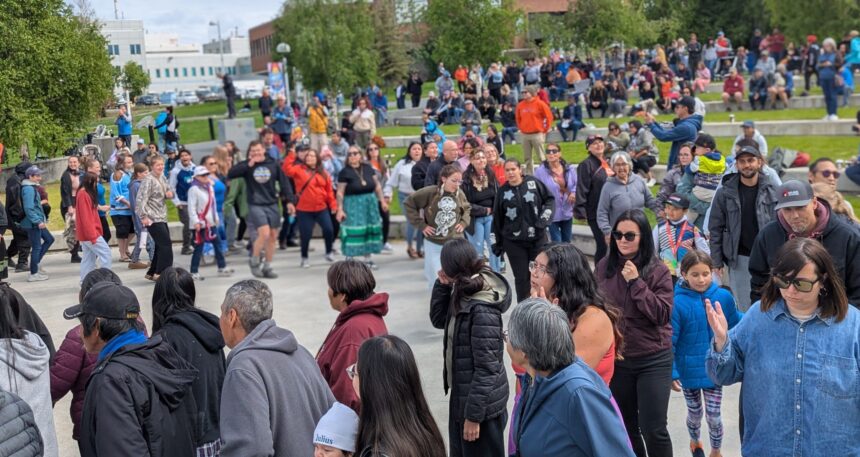As the summer solstice painted the northern sky with extended daylight, thousands of people across Canada’s territories gathered in a powerful display of cultural pride and resilience during this year’s National Indigenous Peoples Day celebrations. What began as scattered community events has transformed into one of the country’s most significant cultural observances, marking a collective journey of recognition that resonates far beyond Indigenous communities.
The celebrations in Yellowknife’s Somba K’e Park exemplified this transformation, drawing crowds that crossed cultural and generational boundaries. Attendees moved between traditional dance performances, storytelling circles, and craft demonstrations while the aroma of bannock and traditional foods filled the air. Elder Sarah Drygeese, who has witnessed the evolution of these celebrations over decades, noted the profound shift in public engagement.
“When I was young, our ceremonies were often hidden,” Drygeese shared while watching young dancers prepare for their performance. “Today, seeing thousands of people—Indigenous and non-Indigenous alike—celebrating our ways together gives me hope for the path ahead.”
The territorial government reported record attendance this year, with approximately 5,000 participants in Yellowknife alone. Similar gatherings in Whitehorse and Iqaluit drew equally impressive crowds, showcasing the growing mainstream recognition of Indigenous cultural significance.
Minister of Indigenous Relations Thomas Cardinal emphasized the day’s importance beyond celebration. “National Indigenous Peoples Day represents more than acknowledging the past—it’s about building a shared future where Indigenous knowledge and perspectives are valued as essential components of Canadian identity,” Cardinal stated during the opening ceremonies.
The day’s programming deliberately balanced entertainment with education. Interactive exhibits explained the significance of traditional medicines, sustainable hunting practices, and Indigenous approaches to environmental stewardship that have gained renewed attention amid climate challenges. Displays of traditional and contemporary Indigenous art demonstrated cultural continuity and innovation, including digital works that blend ancestral symbolism with modern techniques.
Economic development also featured prominently, with Indigenous entrepreneurs showcasing businesses ranging from tourism ventures to technology startups. According to the Canadian Council for Aboriginal Business, Indigenous-owned businesses contribute approximately $30 billion annually to Canada’s economy—a figure projected to grow substantially in coming years.
Youth participation marked a particularly encouraging aspect of this year’s events. Seventeen-year-old Dene student Lucas Mantla helped coordinate a series of workshops where elders taught traditional skills to younger generations. “Learning these practices isn’t just about preserving the past—it’s about building our future,” Mantla explained. “These skills connect us to our ancestors while helping us address contemporary challenges in uniquely Indigenous ways.”
The celebrations also acknowledged ongoing challenges. Speakers addressed the continued work needed on reconciliation, implementation of land claims agreements, and addressing systemic barriers in education and healthcare. Community leaders used the platform to highlight both progress and persistent gaps in achieving full recognition of Indigenous rights across Canadian politics and institutions.
Grand Chief Hannah Catholique reflected this balanced perspective: “Today we celebrate our resilience and contributions to this country, but we also remind Canada of promises yet unfulfilled. Our celebrations are meaningful precisely because they occur alongside our ongoing work for justice.”
As darkness finally fell on the longest day of the year, communities across the territories gathered around ceremonial fires that symbolized both ancestral connections and forward-looking hope. The flames illuminated faces of all ages and backgrounds, united in recognition of Indigenous peoples’ foundational role in Canada’s past, present, and future.
As these celebrations continue growing in scale and significance each year, a crucial question emerges: Will this increased cultural appreciation translate into the systemic changes needed to fully honor Indigenous rights and knowledge in Canadian society?


















